Understanding Favorskii Rearrangement in Organic Chemistry
Favorskii rearrangement is a base-catalyzed rearrangement reaction of halo ketones giving rise to acid, ester, or amine compounds via a cyclopropane intermediate. The mechanism, evidence supporting it, variations in reaction based on the presence of hydrogen, and stereospecificity are discussed with examples illustrating the process.
Download Presentation

Please find below an Image/Link to download the presentation.
The content on the website is provided AS IS for your information and personal use only. It may not be sold, licensed, or shared on other websites without obtaining consent from the author. Download presentation by click this link. If you encounter any issues during the download, it is possible that the publisher has removed the file from their server.
E N D
Presentation Transcript
Organic Chemistry Rearrangement Kuheli Pramanik Department of Chemistry Kharagpur College Study material_Sem-IV Paper C10T Lecture - 5
Favorskii rearrangement -halo ketones containing - H undergo base catalyzed rearrangement to give acid , ester or amine compound via a cyclopropane intermediate. This rearrangement is known as Favorskii rearrangement. If the base is a hydroxide, it produces acid whereas alkoxide and amine gives ester and amide respectively. If the haloketone is a cyclic one, it gives a ring contraction product.
Mechanism The reaction mechanism involves the formation of an enolate on the side of the ketone away from the chlorine atom. This enolate cyclizes to a cyclopropanone intermediate which is then attacked by the hydroxide nucleophile. The direction of the ring opening of the cyclopropanone is determined by the formation of the more stable carbanion. Alkyl group destabilize the carbanion whereas aryl group stabilize the anion by delocalization
Evidence in support of Mechanism 1. The cyclopropane intermediate has been trapped as an adduct with furan 2. The two different starting material gives same product, which is possible only if it goes through same intermediate. 3. When 2-chlorocyclohexanone, labeled with C14 at the chlorine bearing carbon atom, treated with base it gives two products, half with C14 at -cabon and half at -carbon of the ester product which again proves the formation of cyclopropane intermediate.
When -H is absent in a -haloketone, benzylic acid mechanism takes place, which is known as quasi-favorskii reaction. Favorskii rearrangement of (gem) and (vis) dihaloketone gives , -unsaturated ester.
Stereospecificity The reaction is highly stereospecific as can be seen in the below example. The formation of cyclopropane intermediate probably proceeds through an intramolecular 1,3-elimination involving a backside attack by the carbanion to the haloketone. Thus, cyclohexanone with equatorial halo atom undergo reaction whereas axial halo atom does not.
Examples 1. 2. 3. 4.
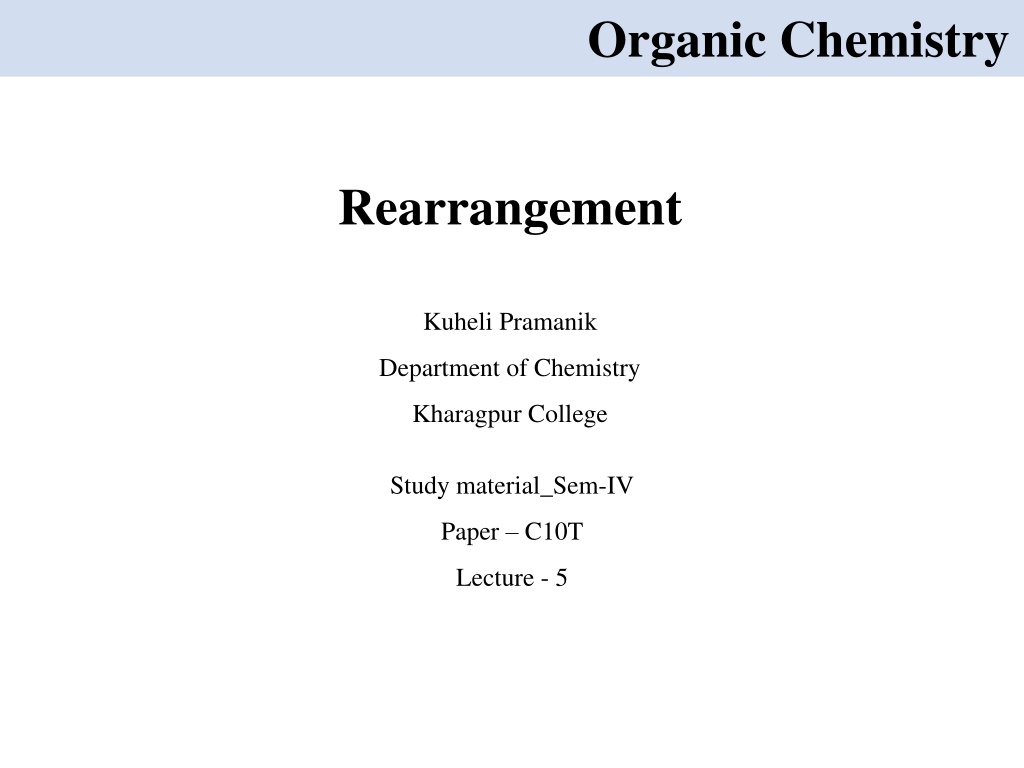



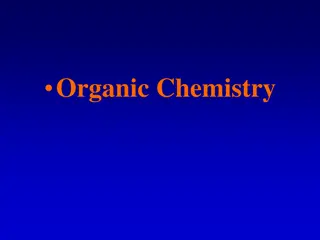
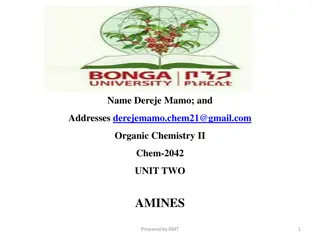
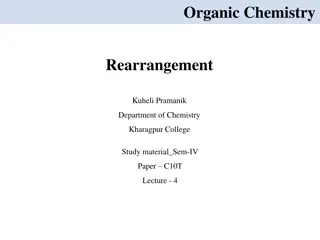

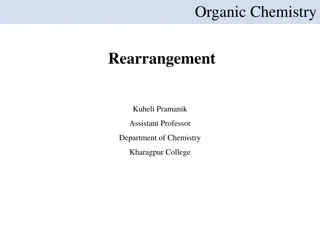
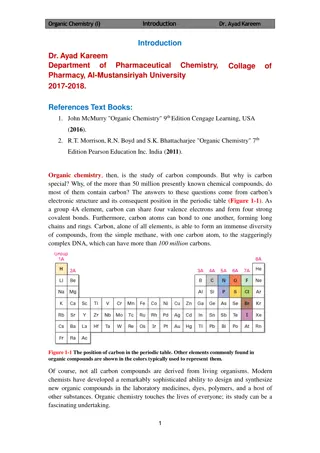
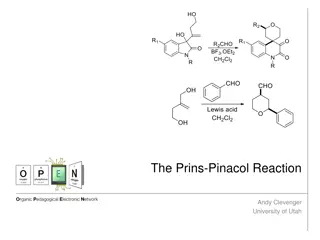

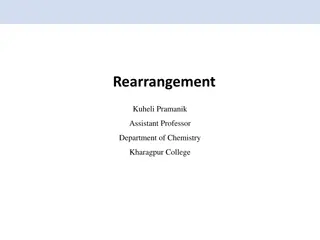
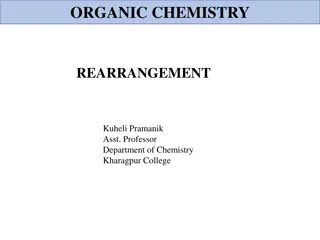

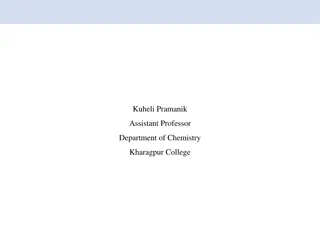




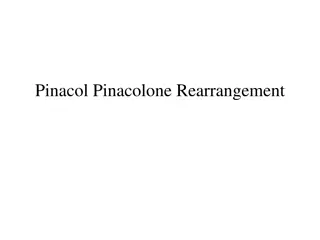


![The Synthesis of Cedranoid Sesquiterpenes via Photo-Rearrangement of Bicyclo[2.2.2] Octenones](/thumb/198279/the-synthesis-of-cedranoid-sesquiterpenes-via-photo-rearrangement-of-bicyclo-2-2-2-octenones.jpg)